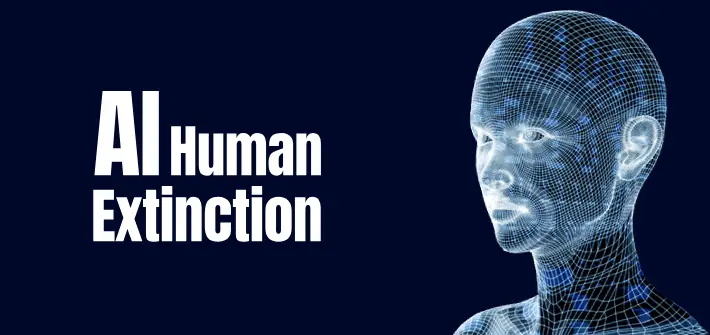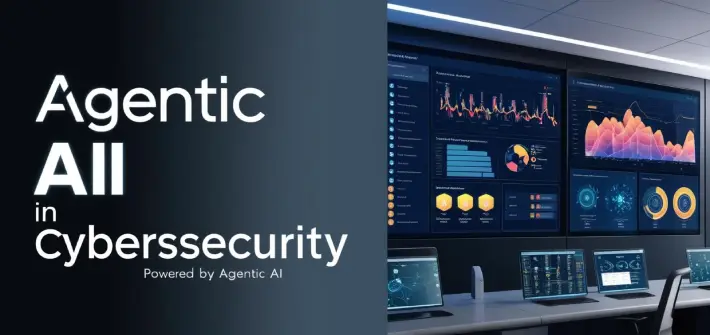Introduction
role of Artificial Intelligence in predicting human extinction, Artificial intelligence (AI) has emerged as a powerful tool for analyzing complex data and making predictions about various phenomena. In recent years, researchers have begun to explore the potential of AI in predicting existential risks, including the possibility of human extinction. This comprehensive guide delves into the role of AI in forecasting scenarios that could lead to human extinction and the implications of such predictions.
Understanding the Significance
The role of Artificial Intelligence human extinction cannot be overstated. As we navigate an era characterized by rapid technological advancement, the need to anticipate and address existential risks becomes increasingly pressing. Traditional methods of risk assessment often fall short in comprehensively analyzing complex, interconnected systems that define our modern world. Here, AI emerges as a potent tool, offering unparalleled capabilities in data analysis, pattern recognition, and predictive modeling.
Understanding the Intersection of Artificial Intelligence human extinction
Introduction to AI-Driven Predictive Modeling
Artificial intelligence encompasses a range of techniques, including machine learning and deep learning, that enable computers to analyze vast amounts of data and identify patterns. Through predictive modeling, AI algorithms can forecast future events based on historical data and existing trends.
Exploring Existential Risks and Human Extinction Scenarios
Existential risks are threats that have the potential to permanently damage human civilization or lead to the extinction of the human species. These risks include natural disasters, pandemics, nuclear warfare, and the emergence of advanced artificial intelligence.

The Role of AI in Predicting Human Extinction
Utilizing AI for Risk Assessment
Researchers and organizations have begun to leverage AI tools to assess the likelihood and impact of existential risks. By analyzing historical data, scientific research, and expert opinions, AI algorithms can identify emerging threats and evaluate their potential consequences.
Predictive Analytics and Scenario Planning
AI-driven predictive analytics enable researchers to develop scenarios of possible future outcomes based on different variables and assumptions. Through scenario planning, experts can explore various trajectories that could lead to human extinction and identify strategies for mitigating these risks.
Implications of AI-Predicted Human Extinction
Ethical and Moral Considerations
The prospect of human extinction raises profound ethical and moral questions about the responsibility of AI researchers and policymakers. As AI becomes increasingly capable of making accurate predictions about existential risks, ethical frameworks must be developed to guide decision-making and action.
Societal and Cultural Impact
Predictions of human extinction can have significant societal and cultural repercussions, affecting public perception, policy formulation, and individual behavior. The dissemination of AI-generated forecasts may lead to increased awareness of existential risks and spur collective efforts to address them.
Challenges and Limitations of AI in Predicting Human Extinction
Data Quality and Availability
AI predictions are only as reliable as the data on which they are based. Inaccurate or incomplete data can lead to flawed forecasts and misinterpretations of risk. Improving data quality and accessibility is essential for enhancing the accuracy of AI-driven predictions.
Uncertainty and Complexity
The complexity of existential risks and human behavior introduces inherent uncertainty into AI predictions. Factors such as technological advancements, geopolitical dynamics, and societal trends contribute to the unpredictability of future outcomes. AI models must account for this uncertainty to produce meaningful forecasts.
Ethical Considerations and Safeguards
Of course, the utilization of AI in predicting human extinction raises profound ethical questions and necessitates robust safeguards. As we entrust AI with increasingly complex decision-making processes, ensuring transparency, accountability, and fairness becomes paramount. Ethical frameworks and regulatory mechanisms must be established to govern the development and deployment of AI technologies, safeguarding against unintended consequences and misuse.
Future Directions in AI-Driven Risk Assessment
In confronting existential risks, collaboration emerges as a cornerstone of our collective resilience. Governments, academia, industry leaders, and civil society must collaborate synergistically to harness the full potential of AI in safeguarding humanity’s future. By fostering interdisciplinary dialogue and knowledge exchange, we can cultivate a culture of preparedness and proactive risk management, ensuring that our species thrives in the face of uncertainty.
Interdisciplinary Collaboration
Addressing existential risks requires interdisciplinary collaboration among scientists, policymakers, ethicists, and AI researchers. By combining expertise from diverse fields, researchers can develop more comprehensive risk assessment models and strategies for risk mitigation.
Transparency and Accountability
Maintaining transparency and accountability in AI-driven risk assessment is essential for fostering trust and credibility. Open-source algorithms, transparent methodologies, and independent oversight mechanisms can help ensure the integrity and reliability of AI predictions.
Conclusion: Harnessing AI for a Safer Future
In summation, the role of Artificial Intelligence in predicting human extinction epitomizes the convergence of cutting-edge technology and existential foresight. By leveraging AI’s analytical prowess and predictive capabilities, we can proactively identify and address looming threats to our species’ survival. Through ethical stewardship and collaborative action, we can chart a course towards a future where humanity not only survives but thrives amidst the complexities of the modern age.




